Test results must be provided to LPs before the products can be sold
REC articles are not the view or opinion of Alpha Extract Administrators
New federal regulatory rules around cannabis, pesticide use welcomed
Omega8 is well known throughout the cannbis community as "Miraculous"
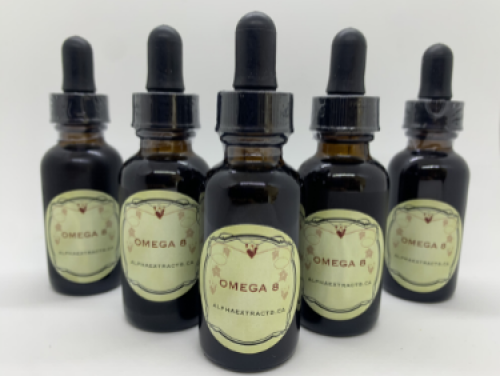
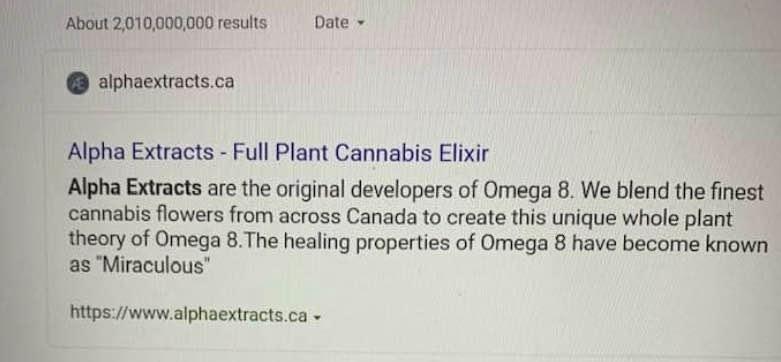
Omega8 truly miraculous | alphaExtract (alphaextracts.ca)
New federal regulatory rules around cannabis, pesticide use welcomed

Health Canada recently unveiled a new regulatory regime that will impose extensive and mandatory pesticide testing requirements on all licensed producers (LPs) of cannabis. Come Jan. 2, LPs will have to send product samples to independent laboratories, where they will be screened for almost 100 active pesticide ingredients before they can be sold.
It’s a marked change from the early days of legal medical cannabis, when LPs were forbidden from using most pesticides on their products, but faced no obligation to test for their presence. Most of the eight sources interviewed praised Health Canada’s move as a necessary one, given the industry’s history with pesticides.
“My opinion is that the industry, on the whole, is trying to do a good job,” says John Coleman, co-founder and president of cannabis testing lab Anandia Laboratories. “The problem is, you’re going from essentially a completely illegal industry to one that is legal and highly regulated, and it’s a transition. Getting rid of some of the bad habits is going to take a bit of time,” Coleman suggests.
While some LPs already test their cannabis for pesticides—by choice, or because it’s become a condition of their licence after being caught with tainted product—the new regulations will level the playing field, says Jodi McDonald, president and founder of Keystone Labs. “Now everyone will be held to the same standard,” McDonald adds.
Recalls rock cannabis industry
In late 2016, Coleman’s lab was testing product for cannabis company Aurora Cannabis when it got two pesticide hits: one for myclobutanil, a fungicide used to combat powdery mildew, and one for bifenazate, a pesticide that controls spider mites. Neither were on Health Canada’s list of pesticides approved for cannabis and led to the recall of 81 lots of product sold by Aurora and OrganiGram, the LP from which Aurora had purchased the tainted cannabis.
In all, Aurora recalled seven lots and OrganiGram recalled 74.
Mettrum Ltd., another LP, had recalled 300 lots of product contaminated with myclobutanil and a pesticide called pyrethrins weeks earlier.
When myclobutanil is burned, it produces hydrogen cyanide. While Health Canada issued a statement insisting that “the risk of serious adverse health consequences” from inhaling combusted myclobutanil in the recalled cannabis was low, class-action law suits by medical cannabis patients were later filed against OrganiGram and Metrum, claiming health issues related to the tainted product.
While these were the first pesticide-related recalls to rock Canada’s fledgling medical cannabis industry, data collected by Health Canada and published in a November journal article show that unauthorized pesticides continued to contaminate LP product in the months that followed.
Persistent pesticide contamination revealed Testing found eight unauthorized pesticides in 26 of the 144 samples
Between March 2017 and January 2018, Health Canada researchers collected 144 samples of cannabis leaves, dried flowers and oils from 21 LPs across the country during unannounced inspections. Testing found eight unauthorized pesticides in 26 of the 144 samples—or 18 percent of the tested product, with myclobutanil showing up most frequently, in 20 of those samples, or 14 percent of all tested product.
Health Canada communications advisor André Gagnon tells The GrowthOp that a number of responses were taken to address these pesticide-positive test results. In the spring and summer of 2017, for example, product recalls were initiated involving LPs Peace Naturals Project - Hygropothecary and Broken Coast Cannabis .
In the case of other tainted samples, some—Health Canada did not provide a specific figure—were retests drawn from cannabis lots that had already been recalled from the market. Others contained “trace amounts of pesticides” in the carrier oil used to make cannabis oil, such as grapeseed, and all of these pesticides were authorized for use in grape cultivation and found to be “within established maximum residue limits,” Gagnon says.
Finally, unauthorized pesticides were found on mother plant or plant leave samples, “but subsequent testing confirmed no presence of pesticides in other plants or any finished products. Affected plants were destroyed.”
As for what action was taken against the culpable cannabis producers, Gagnon says that in cases where a recall occurred, mandatory pesticide testing requirements were added to their licences, and the LPs had to undertake investigations to determine the source of the contamination and “corrective measures” to prevent reoccurrence.
OrganiGram, for example, reports that it was not able to conclusively determine the source of the pesticide contamination after completing an investigation. The company did, however, introduce a number of changes , including new staff education and training, closed-circuit cameras in previously unmonitored areas of the facility, and testing of all inputs from outside suppliers, such as seeds, water and fertilizer.
Health Canada based its enforcement response on the “low health risk posed by the trace amounts of unauthorized pesticides” detected in the tested samples, and the companies’ “full co-operation” with the department, Gagnon says.
“Health Canada would like to assure Canadians that had there been any evidence to show that a licensed producer had acted with indifference or recklessness and engaged in activities that put the health or safety of Canadians in danger, the department would have responded with appropriate enforcement actions, including licence suspension or revocation,” he says.
Terry Lake, vice-president of corporate social responsibility at cannabis company HEXO Corp.—formerly, Hydropothecary—calls the results of Health Canada’s pesticide testing “a wake-up call for the industry.” Notes Lake, “When you have a great, big public policy shift like this, we all learn, and each year we’ll get better and better at it.”
Effective Jan. 2, 2019, an additional hurdle will be erected between all LPs and the medical and recreational cannabis markets to keep unauthorized pesticides out of the supply chain. Health Canada will require a representative sample of each lot of cannabis product—fresh, dried or oil—be sent to a licensed third-party lab for analytical testing. Samples must be screened for 96 active pesticide ingredients, including myclobutanil, bifenazate and pyrethrins.
Test results must be provided to LPs before the products can be sold, notes Health Canada, and if any of these unauthorized pesticides are flagged, the product “will be quarantined while Health Canada works with the affected licence-holder to determine the cause of the contamination,” Gagnon says.
While scientific data are scarce around the risks posed by consuming pesticide-tainted cannabis, experts interviewed say consumers should have no cause for concern if LPs follow the rules and use only the 23 pest control products that are cleared by Health Canada’s Pest Management Regulator Agency (PMRA).
“If they’re approved by the PMRA for use in cannabis, then the PMRA has deemed that that use—whatever the application rate is, however it’s applied—would not result, on its own, in adverse health effects,” says Len Ritter, professor emeritus of toxicology at the University of Guelph.
As for whether or not LPs will try to skirt or manipulate the new testing requirements so they can continue using unauthorized pesticides, Ritter acknowledges that’s a possibility.
“But there isn’t a practical alternative. To imagine that the federal government is going to test everybody’s pot—well, it’s just not in the cards,” he says, plainly.
The new requirements’ checks and balances— third-party testing, record keeping and reporting obligations and Health Canada inspections, among others—“provide a good method to ensure that there’s integrity,” Ritter believes. “And occasionally, we catch people.”
We hope you have enjoyed this article and as always, we appreciate everyone that helps support our group by purchasing 1 or more of the Quality Products available @


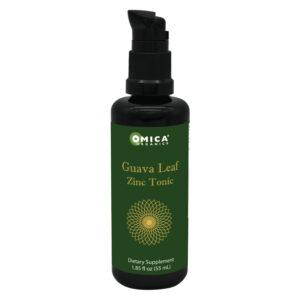
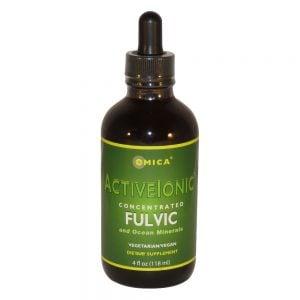
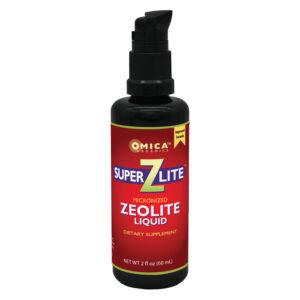

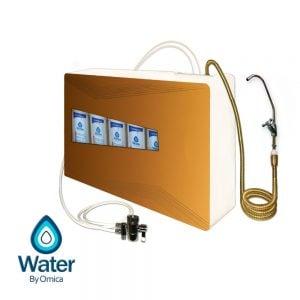
Site Contributor
Natural Ocurring Carbon Binding Microbes
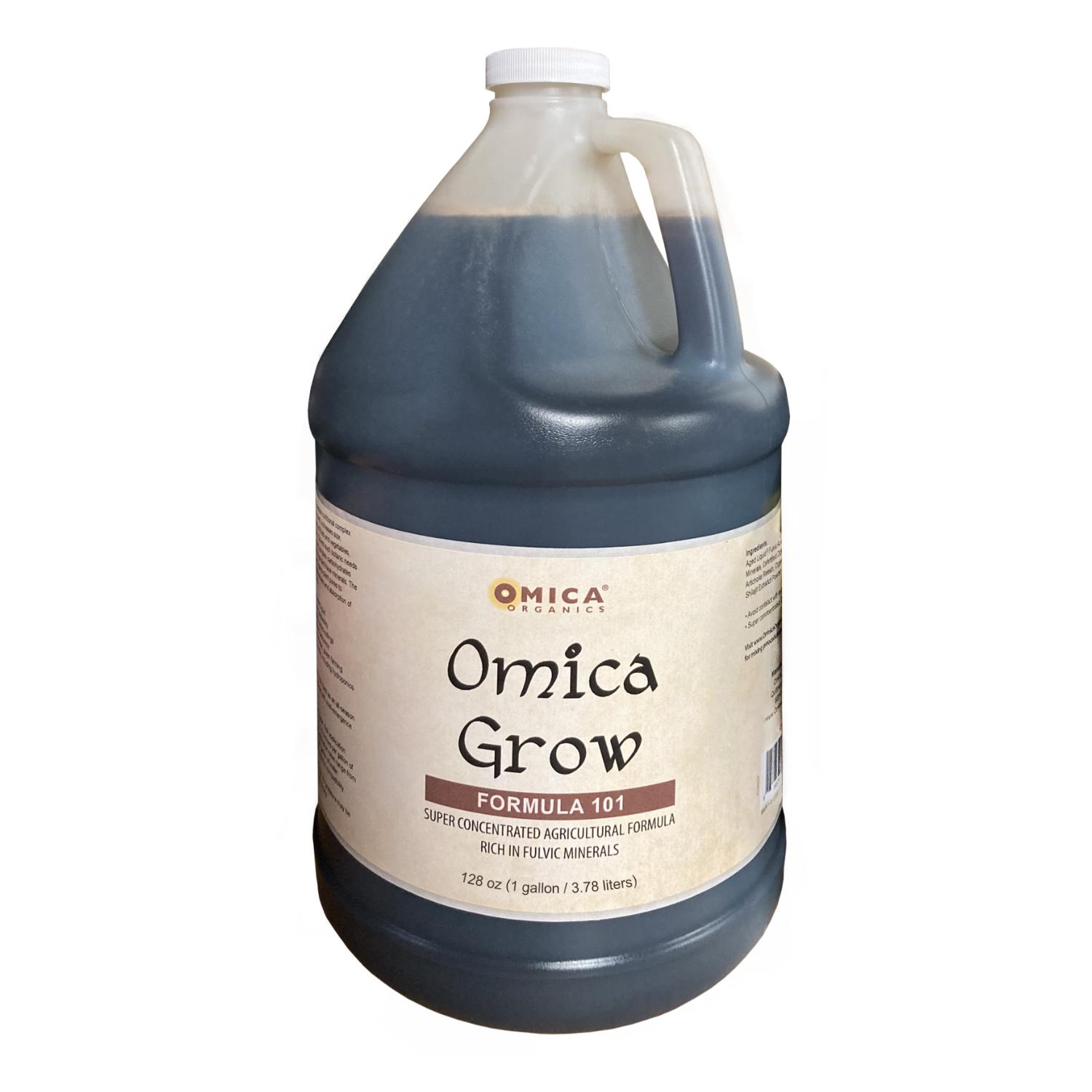
Alpha Extracts – Omica Grow – Plant Superfood & Soil Restoration
